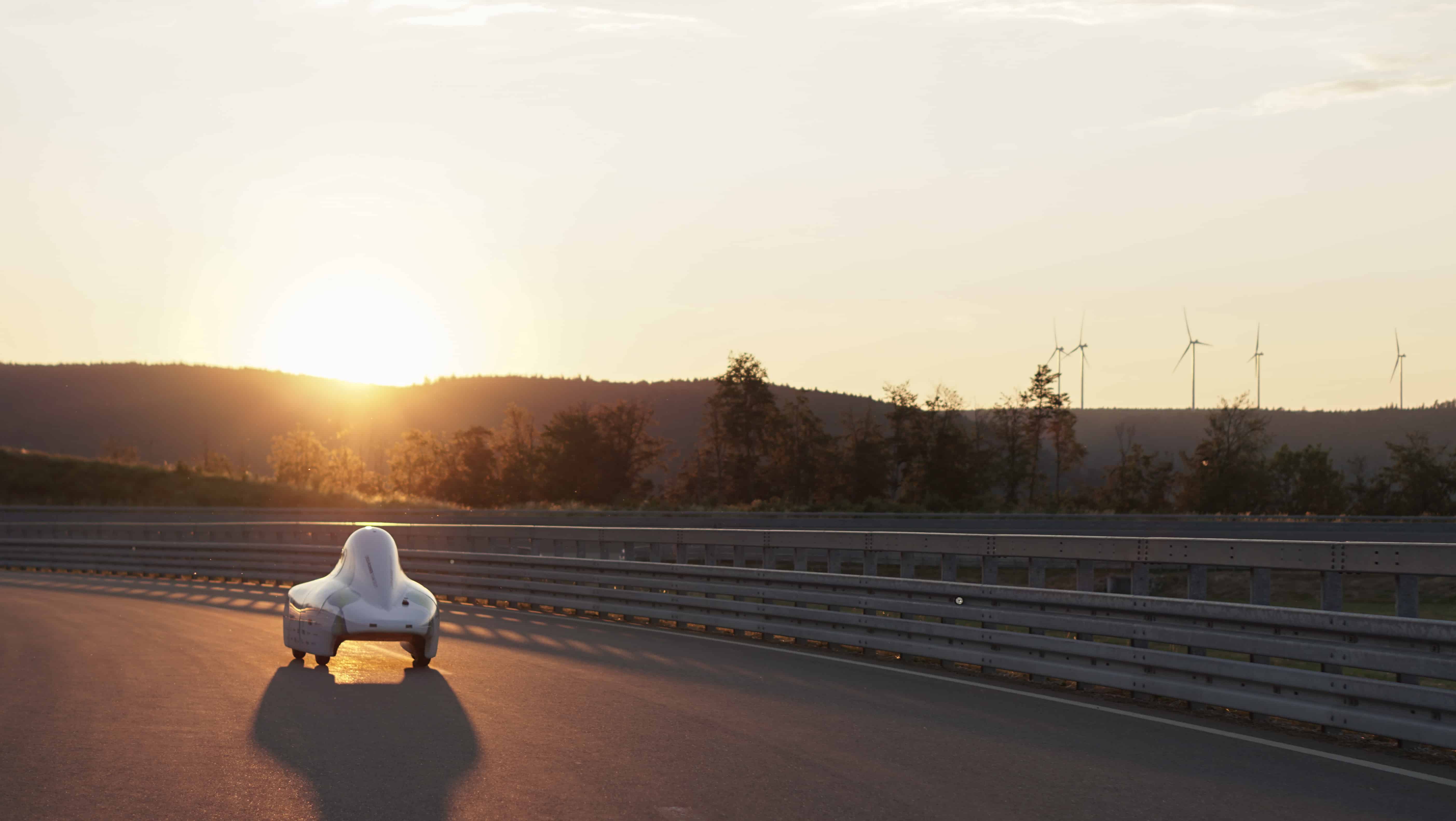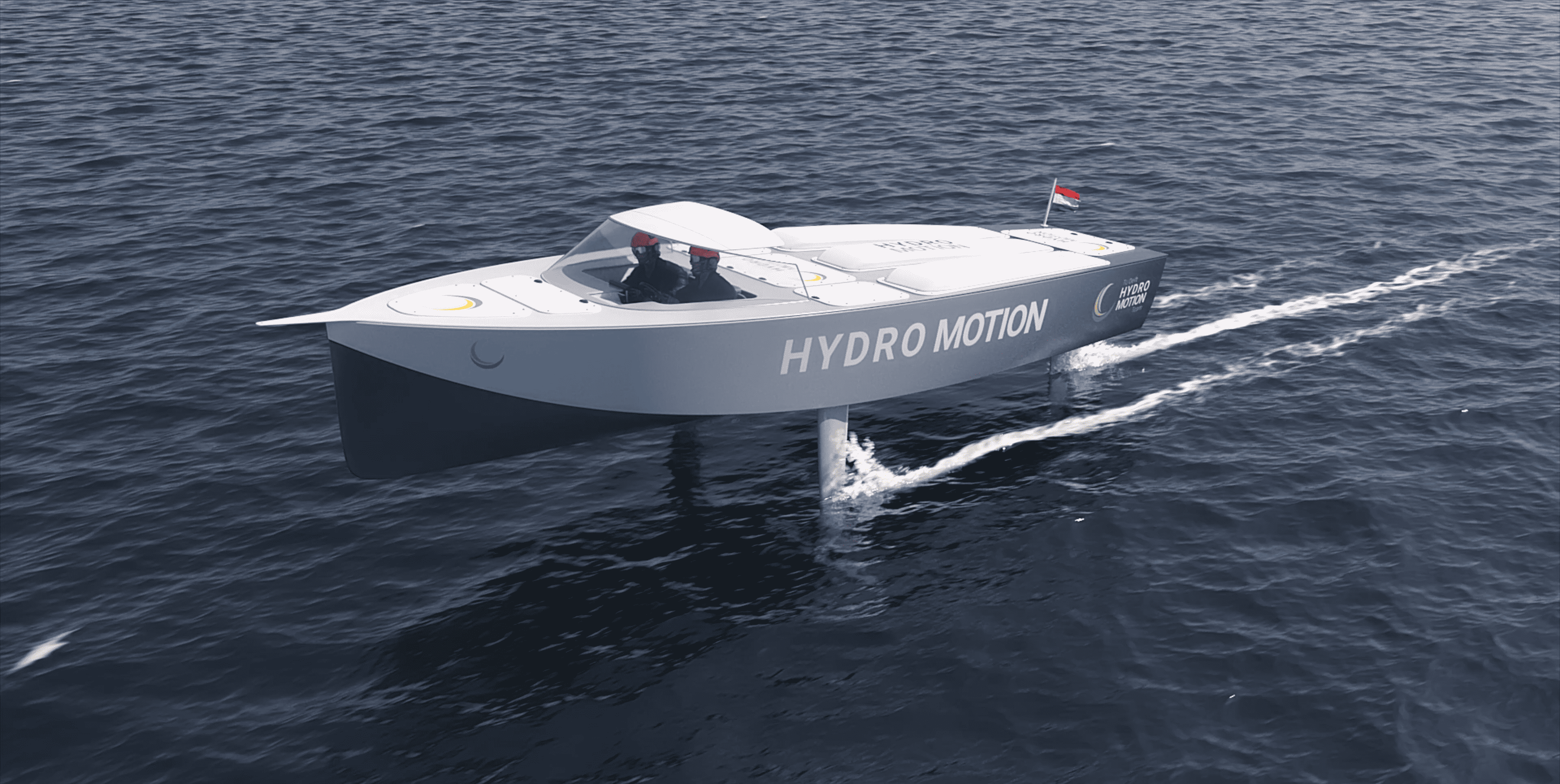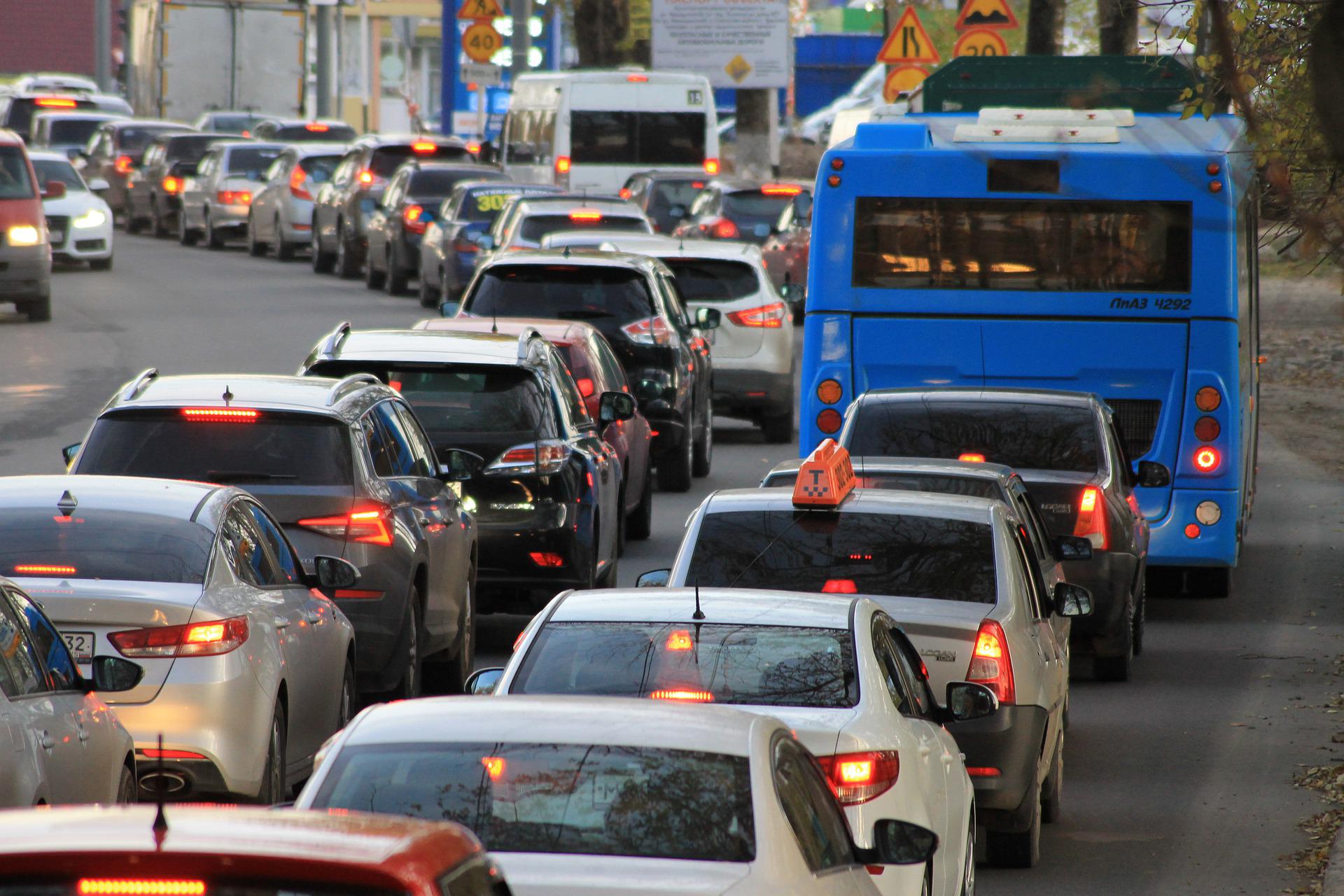![IMG_0290[1]](https://innovationorigins.com/app/uploads/2024/03/IMG_02901.jpg)
Curtain falls: the new Eco-Runner design is here. In the auditorium of the Delft University of Technology (TU Delft), the Eco-Runner Team Delft unveiled its 2024 hydrogen car design. Although the vision remains the same – showing the world the potential of hydrogen transport – this year’s mission is to put their vehicle to the test on public roads.
Every year, a fresh team of students designs a new hydrogen car to test new solutions and promote hydrogen as an efficient transportation fuel. Last year, the team established a world record. with its ECO XIII. Their car drove for 2,488.5 kilometers without refueling.
Why this is important
Driven by passion, student teams put their skills to work. In the case of Eco-Runner, students develop a hydrogen car to show that an alternative to conventional mobility exists.
Driving on a famous route
In finding new stimuli, the new team members brought their challenge to the public roads. “We want to drive towards a new world record, keeping up the same energy efficiencies on a totally different scenario as one of the public roads,” explains Julie Den Dekker, operations manager for the student team.
Moreover, the TU Delft students’ car will drive on a special route, the Elftstedentocht (the eleven towns route). This route – touring eleven cities in the province of Friesland – has a symbolic value to Dutch people, as its 200 kilometers used to be traversed by ice skating. The last time that happened was 27 years ago. The car will drive on the roads next to the Elfstedentocht canals. The students aim to complete ten laps of this route on a single hydrogen tank.
The challenge of driving on public roads
Driving on a public road is different from doing so on a circuit. Firstly, the vehicle must receive a certification. “Our car will receive a license comparable to the one of a big quad,” says Den Dekker. “In this class, there are about 1,300 requirements that a car must meet. Having mirrors, a license plate, and a parking brake are some of them,” she goes on to explain.
Crucially, road standards influence the design. To accommodate license plates, the car’s front and rear have to be flat. Adding other elements, such as lighting and mirrors, means increasing the car’s weight. For a champion of efficiency, as the previous Eco-Runner model proved to be, this means revolutionizing the whole design. With flat ends, more drag – air resistance – will impact the car’s aerodynamics, and so will the expected efficiency.
Compromises have to be found in choosing the optimal route, and students are still working on it. Avoiding sharp turns and traffic lights helps to achieve greater efficiency along the way.
Learning by doing
As an operation manager, Den Dekker is part of the management team and guides the work of all the departments. “What I enjoy the most about my role is being able to help in all different departments. In a way, I contribute to the bigger picture of our project, looking at the goals that we need to achieve month by month. My division is also responsible for putting the message of Eco-Runner out in the world,” she clarifies.
Undoubtedly, having the chance to put the skills learned in the classroom to work can help students’ growth process. At the same time, they can also build some soft skills, equally important for their careers. “From organizing events to all the micro tasks related to team management, I learned a lot,” Den Dekker adds.
Since forming the new cohort in August, students started working with a clear schedule in mind. By the end of December, the student team finished the design phase, having mapped out all the requirements they needed to meet. In January, the production phase kicked off, with the first parts being crafted. April is when the testing phase will start, and the team expects to hit the Frysian roads at the end of June.








